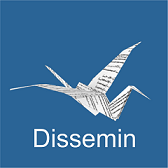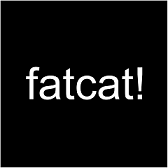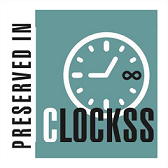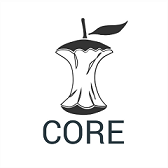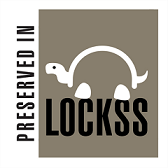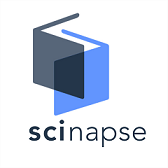Analysis of Household Expenditure Patterns in Morogoro Region: Insights for Estimating Market Size and Developing Retail Strategies
Abstract
This study examines household spending trends in the Morogoro region of Tanzania and retail strategies. The study calculated the size of the consumer market, identified key spending categories, and used population and health survey data (i.e. income, expenditure and demographic pattern) to examine how different income levels affect spending behaviour. The methodology used in this study is documentation, which involves systematically reviewing and interpreting documents to gain insights into the specific topic. The method was purposely used to analyse the household expenditure among middle, low and high income households in Morogoro region. The results suggest that spending habits vary significantly across income groups. Higher-income households, which have greater financial flexibility, spend about 20% of their total income on food, compared to about 50% of households in the lowest income quintile. Because larger and higher-quality housing comes with higher costs, housing costs account for approximately 20% of the total income of low-income households, 30% of middle-income households, and 40% of higher-income households. There are also significant differences in transportation costs: middle- and upper-class households spend 20% of their income on transportation, while low-income households spend about 10%. All socioeconomic classes place great value on education. Approximately 10% of low-income households' income goes to education, while middle- and upper-income households spend a comparable percentage. Low- and high-income households spend about 10% of their income on health care, although the exact percentages vary, suggesting that higher-income groups have better access to quality health care. TZS 1,420,936,000,000 or USD 526,272,593 is the median consumer market size for the region, according to the study. The price of goods was mainly determined by the demand in the market. The rise of prices was due to the scarce presence of the items in the market and the fall of prices was due to the overflow of goods and items in the market. Therefore, the above findings highlight the need for tailored retail strategies that address the different needs and inclinations of each income bracket, providing businesses with invaluable guidance on how to improve their products and better serve their diverse
Downloads
References
Agada, M.O., and E.M. Igbokwe. (2014). Food security and coping strategies among ethnic groups in North Central Nigeria. Developing Country Studies 4, no. 8: 31–44.
Hoogeveen, J., & Ruhinduka, R. (2009). Poverty and Inequality in Tanzania: An Analysis of the 2007 Household Budget Survey. World Bank
Ironmonger, D. (2000). Household production and the household economy. [https://minerva-access.unimelb.edu.au/handle/11343/33646] site visited on 14/11/2020.
Morogoro Regional Socio-Economic Profile Report. (2022). Morogoro Regional Government.
Morogoro Regional Socio-Economic Profile Report. (2020). Retrieved from https://morogoro.go.tz/storage/app/media/uploadedfiles/MOROGORO%20REGIONAL%20SOCIO-ECONOMIC%20PROFILE%20REPORT%202022-1.pdf
National Bureau of Statistics Tanzania. (2012). 2012 Population and Housing Census.
Research and Analysis Working Group of the MKUKUTA Monitoring System. (2009). Poverty and Human Development Report (PHDR) 2009. Ministry of Finance and Economic Affairs, Tanzania
Statistics Canada. (2018). Survey of Household Spending (SHS) 2017. Retrieved from https://www.statcan.gc.ca
The United Republic of Tanzania (URT), Ministry of Finance and Planning, Tanzania National Bureau of Statistics and President’s Office - Finance and Planning, Office of the Chief Government Statistician, Zanzibar. The 2022 Population and Housing Census: Administrative Units Population Distribution Report; Tanzania Mainland, December 2022.
Tanzania Demographic and Health Survey (DHS). (2022). Retrieved from https://www.dhsprogram.com
Vedel, P. (2013). Livelihoods around Mikumi National Park, Tanzania: Impacts of Living Close to the Park. Journal of Rural Studies, 29(3), 123-135
WHO. (2019). Countries are spending more on health, but people are still paying too much out of their own pockets. Available from: https://www.who.int/news/item/20-02-2019-countries-are spending-more-on-health-but-people-are-still-paying-too-much-out-of-their-own-pockets
Samuelson, P. A., & Nordhaus, W. D. (1983). Economics. McGraw-Hill.
Copyright (c) 2025 Ramadhani Hamisi

This work is licensed under a Creative Commons Attribution 4.0 International License.










